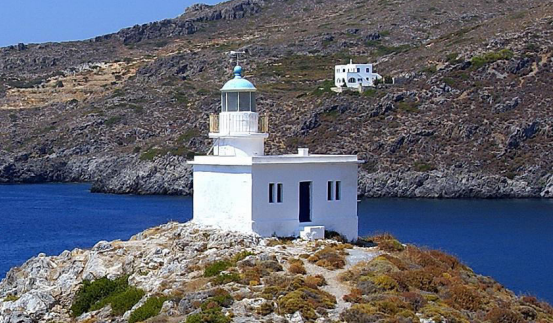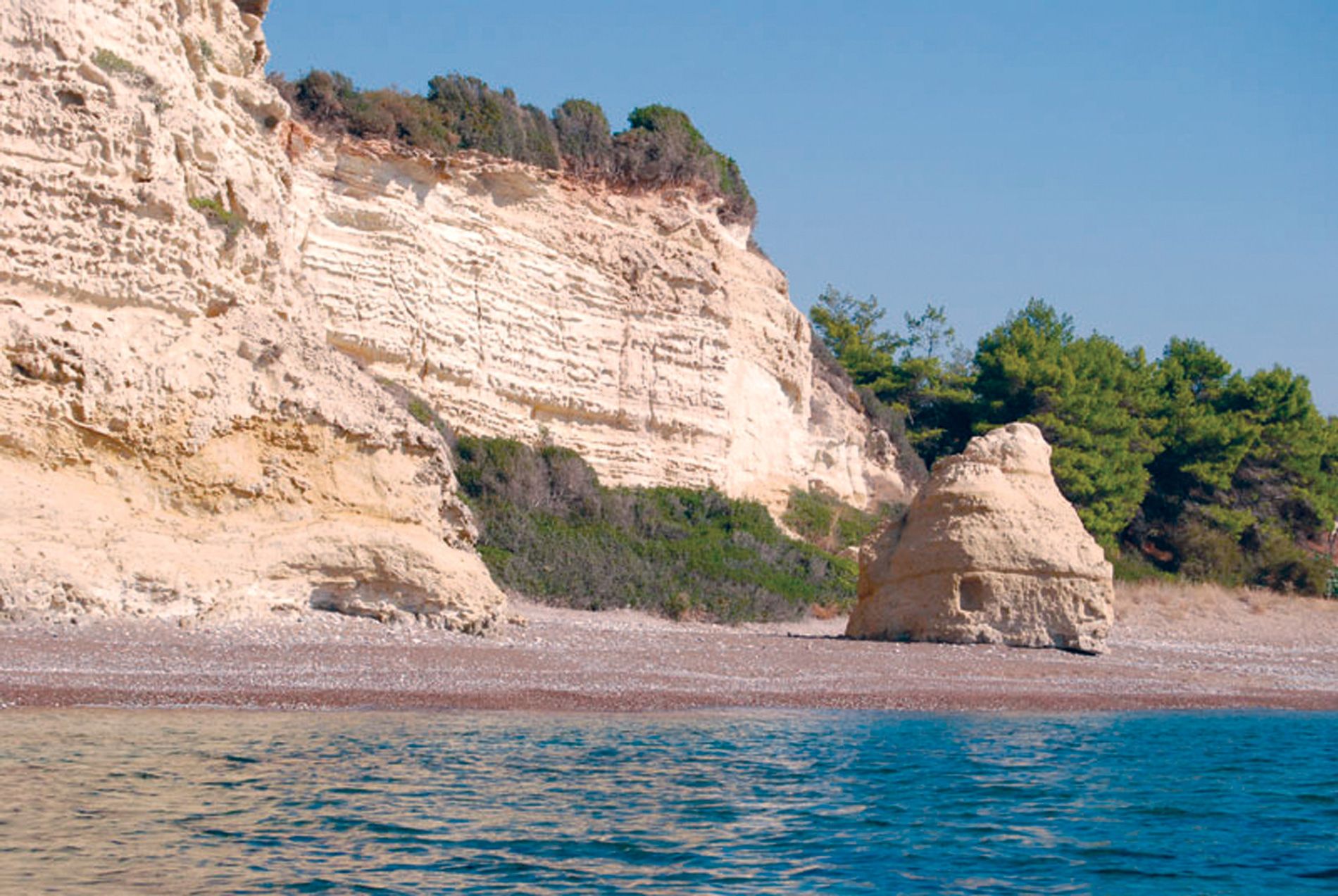Kapsali and Chora of Kythera
Useful
Information
42V2+Q9, Kapsáli 801 00, Greece
Kapsali and Chora of Kythera
The area of Kapsali and Chora in the island of Kythera is designated as a Landscape of Special Natural Beauty. It is a protected area of 476 hectares, with a total perimeter of 13.4 km and a maximum altitude of 143 m. It includes the area of the castle with the settlement (Chora) and Kapsali (coastal settlement of the bay of the same name). These two sections are separated by a small but interesting canyon. Chora is a small densely built settlement with a somewhat idiosyncratic island architecture that is preserved. The Venetian castle is kept in relatively good condition. There are also old buildings in Kapsali that have been carefully renovated into tourist facilities (taverns, refreshment bars, etc.). In the Kapsali bay, a small peninsula divides Kapsali into two parts and gives the area great picturesqueness. Older building facilities (such as the Purgatory, water supply tank for ships, etc.) bear the stamp of the British rule that prevailed in the Ionian Islands and Kythera for quite some time. The topographic relief of the area is particularly pronounced with the steep slopes of the castle hill, the gorge and the rocky coasts alternating with small sandy beaches. The vegetation of the area consists of islets of macia and a multitude of brambles among which Euphorbia dendroides in great abundance gives a special color at the end of spring. Chora is located on a hill above the port of Kapsali. The northern and western sides of the rock have more reinforced fortification, while on the other sides the rock is particularly steep and the walls are essentially a reinforcement of the natural fortification. Traces of the Burgos wall is still preserved today. The castle town was built on a plateau of the top of the mountain, enclosed and at a distance from the wall. The city of Burgos stretched on the mountainside and its streets followed the elevational curves. The expansion of the country after the 17th c. outside the limits of the castle and Burgos to the NW it is done linearly along a central road, following the formation of the terrain and without urban planning. At the same time, there are secondary streets, which follow the elevational curves and are connected to each other by narrow stepped alleys, which join the different levels. The building is quite dense with few outdoor spaces.
Today’s overall image is particularly picturesque with the coexistence of Venetian and Aegean architecture in a harmonious whole. The older houses have a high height and small openings for security reasons and give the facades a fortress character. On the contrary, the later folk houses and those facing the main street are characterized by a human scale. In the small harbor of Kapsali settlement, the lighthouse has a distinctive position. It was built by the English in 1854 when the island was part of the Ionian State but under British influence. The height of the tower is 6 meters and its focal height is 65 meters. With the union of the Heptian Islands with Greece after 10 years, the lighthouse joined the Greek lighthouse network. It dominates the top of the hill east of the port. In 1890, its lighting equipment was replaced, while during the 2nd World War the lighthouse remained off. In 1945 it restarted with oil as an energy source. In 1953, the oil lamps were again replaced with acetylene lamps. In 1985 it was fully automated and runs on solar energy. Its building has an area of 45 sq. m and consists of a main room, kitchen, toilet and the tower. Access to the lighthouse is easy. You leave the car at the port and the path takes you to the lighthouse in 3 minutes.
The history and evolution of the landscape remains almost undisturbed for centuries. The new tourist facilities around Kapsali adapt well to the color of the area. In 1502 the Venetians rebuilt the country’s castle and after 1537 it became the capital. The settlement is from the 15th-16th century. and it extended in two parts: inside the castle and outside it, in Bourgos (suburb) on the northern side which was also walled. After the 17th c. it extends beyond the limits of the castle and Burgos to the northwest.
One of the most beautiful island regions that combines interesting natural and more man-made elements. Kythera is an important area and station for migratory birds. Byzantine churches in the Mesa Vourgo area, below the castle. The area is a natural and historical unity with the architectural style of the medieval ensemble preserved to a high degree.










